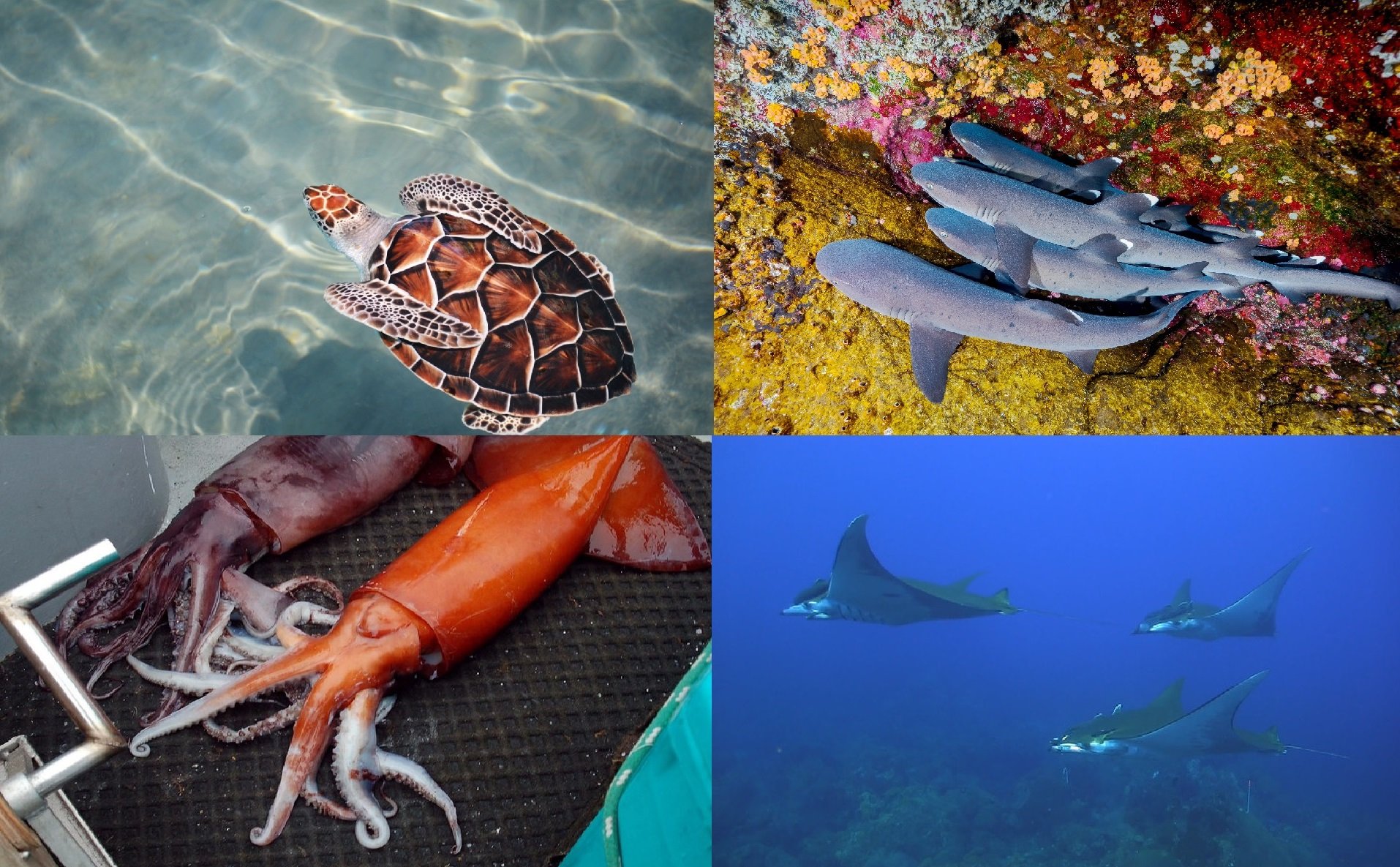Story at a glance…
-
Green lights attached to gill nets reduce bycatch, a harmful effect of fishing that can decimate marine life.
-
The lights led to almost no accidentally caught sharks and rays, and much less Humboldt squid.
-
Despite being designed for turtles, the tests didn’t record any change in turtle bycatch.
Handheld fishing nets, known as gill nets in the business, are one of the most common methods of catching fish for poor fishermen the world over, whether in Madagascar or Mexico. These nets come with the hazard of another fishing industry term—bycatch—the snagging of sea creatures not meant to be brought to market.
Bycatch can be as high as 40% of all the fished-up marine animals in all the world’s fisheries, equaling 38 million metric tons of sea creatures according to research from the WWF
Recently a study published in Cell found that if a gill net is paired with a string of green LED lights, bycatch can be reduced by as much as 95% depending on the species.
Along Mexico’s Baja California peninsula, under the guidance of Mexico’s National Fisheries and Aquaculture Institute, a North American research team partnered with expert local gill net fishermen to study 10,000 meters of nets, with about 5,000 unlit, and about 5,000 illuminated with green lights, for 700 hours.
After preliminary research they found there were 4 major bycatch groups, Humboldt squid, unwanted fish, loggerhead sea turtles, and the family which includes sharks and rays, known as the elasmobranch.
First tested by John Wang at the NOAA Pacific Islands Fisheries Science Center, illuminated nets were idealized to save turtles, as the green light is particularly visible to them. However the results of the Cell paper go far beyond just turtles.
“The results of our experiment reveal that illuminated gillnets can significantly reduce total discarded bycatch biomass, maintain target fish catch and value, and decrease the time it takes fishers to retrieve and disentangle nets,” the authors write. “Moreover, our findings establish net illumination as the first known potential bycatch reduction solution for three diverse taxonomic groups”.




